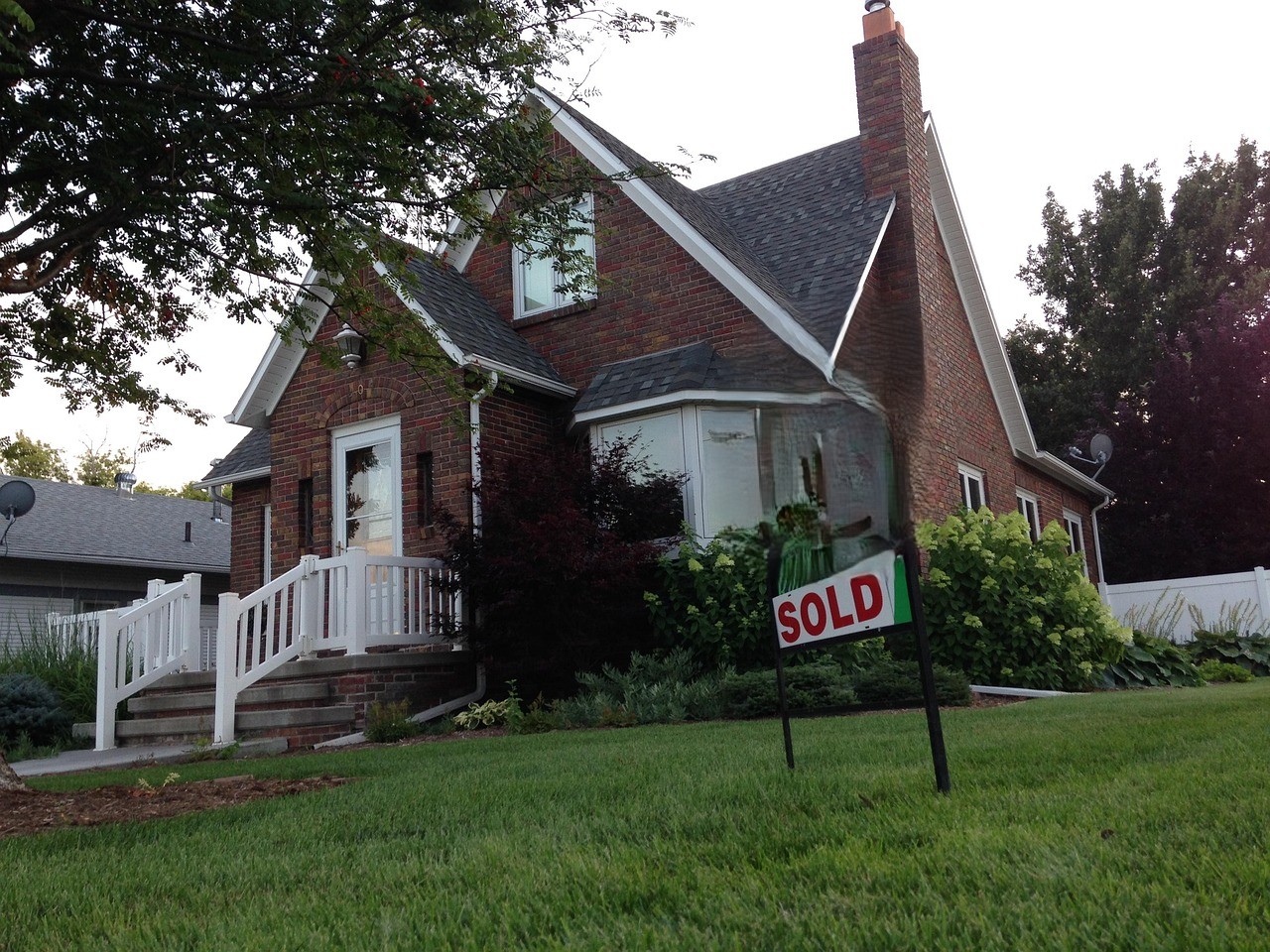Spring is typically a busy time in the housing market. Whether you are in the process of selling your home or you are considering selling in the near or even more distant future, it is a good time to think about minimizing tax liability for capital gains on the sale.
You’re probably already aware of the $250,000/$500,000 Home Sale Tax Exclusion, as it is one of the great tax benefits of home ownership and often eliminates tax liability. Yet, many home sales see capital gains exceeding this exclusion. With advance planning and good record keeping, you may reduce or eliminate tax liability on any excess gains.
Claiming & Reporting the Home Sale Tax Exclusion
When you sell your home, you may exclude up to $250,000of your capital gains from tax if you are unmarried, or married and filing separately, or $500,000 if you are married and filing jointly. (The $500K exclusion may also be available to a widowed taxpayer who meets certain conditions).
This Home Sale Tax Exclusion may be claimed once every 2 years. To claim it, you must have owned and lived in the home as your principal residence for an aggregate of at least 2 of the 5 years before the sale. For married taxpayers filing jointly to get the $500K exclusion, each spouse must meet the 2-year requirements, even if only one spouse is owns the property.
Note: The exclusion may not be claimed if the home was purchased through a 1031 exchange in the past 5 years, or if you are subject to expatriate tax. If you do not meet the full 2-year requirements, you may qualify for a partial exclusion of gain if the main reason for the sale was a change in workplace location, a health issue, or an unforeseeable event.
Reporting: If a home sale is tax-free due to the Home Sale Tax Exclusion, do you need to report it on your tax return? It depends.
Your real estate agent, closing company, mortgage lender or attorney may report the sale to the IRS on Form 1099-S, which is typically issued at closing and included in the settlement documents. If you received a Form 1099-S, you must report the sale on your tax return, even if your entire gain is tax-free due to the $250K/$500K exclusion. Failure to do so will result in the IRS assuming that the selling price is the taxable gain (and that would be a mess).
Form 1099-S need not be filed if your home sells for less than the applicable $250K/$500K exclusion and you sign a certification stating you qualify for the exclusion. This is generally done at the closing. If Form 1099-S was not issued, the IRS does not require you to report the sale. Nonetheless, it can be a good idea to report the sale to prevent the IRS from asserting that the 6-year statute of limitations on audits should apply because you omitted more than 25% of gross income from your return. To report, you need only file IRS Form 8949 with your annual return and enter your zero gain on IRS Schedule D.
Remember to Deduct Your Purchase Costs & Sale Closing Fees
When selling your home, you may reduce taxable capital gains on the sale price by the amounts you originally paid to purchase the home, as well as certain closing costs and fees from your later sale of the home. Specifically, the IRS allows deductions for certain abstract fees, charges for installing utility services, legal fees, recording fees, land survey fees, transfer or stamp taxes and owner’s title insurance. (The IRS does not allow deduction of insurance premiums, pre-closing occupancy costs, mortgage-related fees, or discount points or load origination fees.)
Keep Receipts for Improvements to Further Reduce Capital Gains
Perhaps your home is mortgage-free, you made valuable renovations and/or you live in a neighborhood where home values have increased. For whatever reason, selling your home is expected to result in capital gains that exceed the applicable Home Sale Tax Exclusion (and deductions allowed for the original home purchase price and closing costs/fees).
It is important to keep detailed records of home improvements because your taxable capital gains may be reduced by the cost of certain improvements. In general, deductions may be made for improvements that add value to your home, prolong its useful life or adapt it to new uses, and are part of the home at the time of sale.
Examples of improvements that may reduce your taxable gains include: remodels, expansions, additions, interior upgrades, new windows, roofing or siding, adding insulation, landscaping installations (think new patio, deck, swimming pool, driveway, walkway, fence), and system upgrades (e.g. HVAC, duct work, security, sprinklers, plumbing, electrical, septic). Expenses for routine maintenance and repairs do not qualify as improvements that reduce capital gains.
Make sure to keep detailed records of all costs, fees and expenses potentially eligible to reduce your home sale capital gains tax liability, and consult with a tax professional to ensure you comply with IRS regulations and maximize your deductions.



